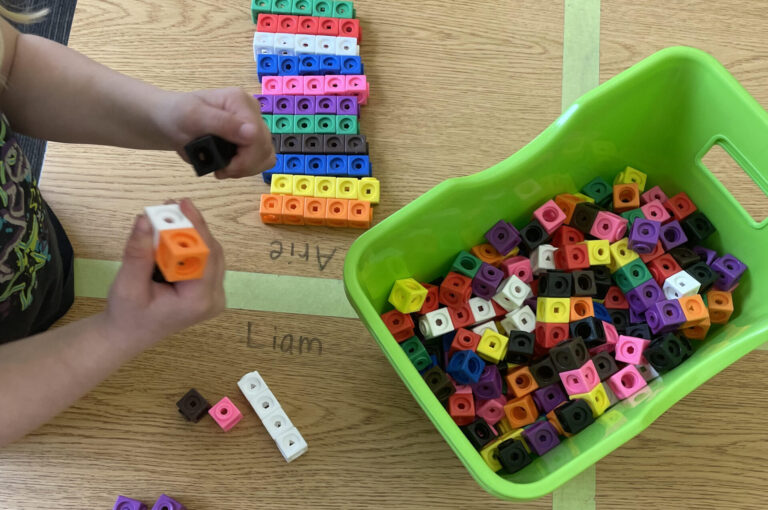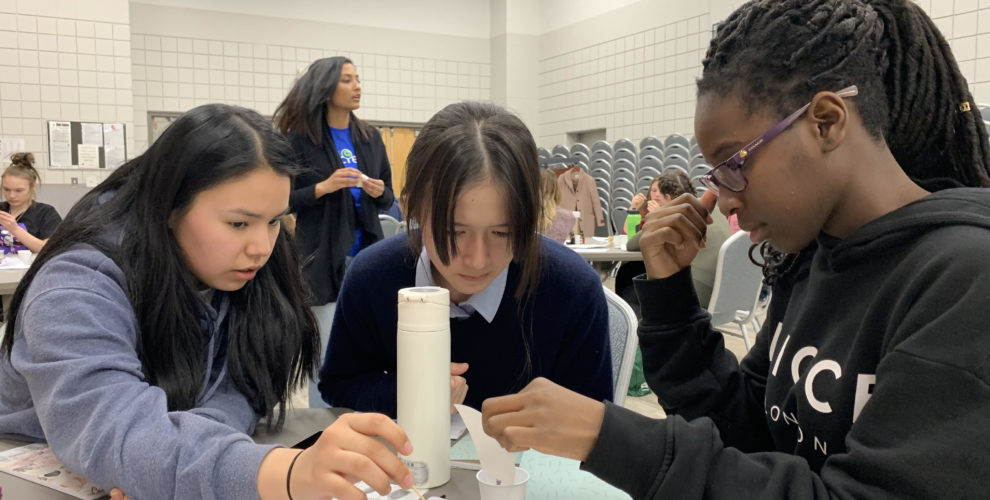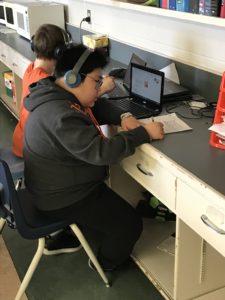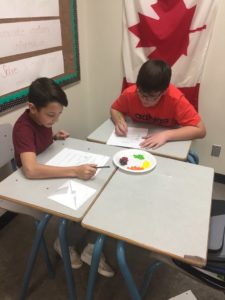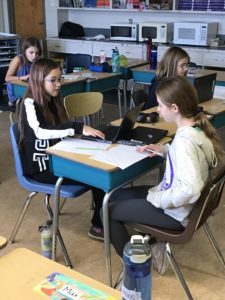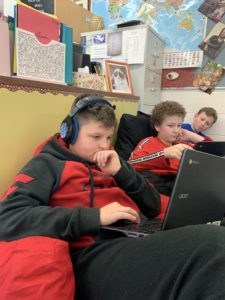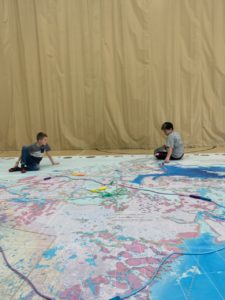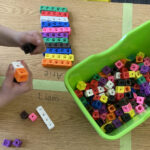Teachers are consistently challenged with meeting the needs of diverse learners within the classroom environment. As every learner is an individual, so are their learning needs. So what does this look like in the classroom? If all of our learners are unique with a variety of learning needs, and interests, how do we create a learning environment that can reach each individual learner? Enter differentiation!
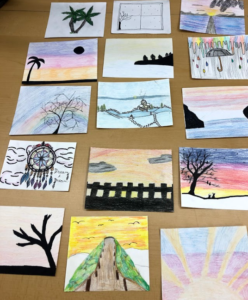 What is differentiation?
What is differentiation?
Differentiation is the art of varying the content, learning process or product in the classroom environment in order to meet the individual needs of all our students. By offering choice in what students are going to learn (content), the activities in which they are going to learn and practice to solidify the learning through (process) and the results or evidence of learning used to determine if learning has taken place (product) we can achieve differentiation within our learning environments. Differentiation is important for all subjects and all grade levels.
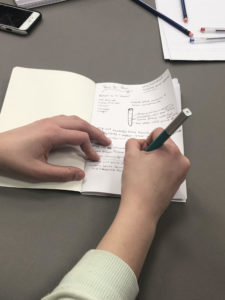 Why differentiate?
Why differentiate?
Differentiation is beneficial for all learners in the learning environment. When allowing choice in the learning environment and using a variety of instructional strategies, activities, resources, we as teachers can impact and connect with more of our learners, building relationships and creating student-centered learning environments, supporting and encouraging all learners. By differentiating for our students, we are improving students’ access to learning, motivating them to learn and making learning more efficient.
How do I differentiate?
As supported by “Teachers’ Gateway to Special Education” (n.d.) there are a variety of strategies a teacher can use in order to support differentiated instruction in the learning environment:
- Use a variety of learning materials and resources (including technology)
- Google Read & Write
- Slideshows, textbooks, videos, manipulatives etc
- Create instructional activities that utilize students’ strengths and learning preferences.
- E.g. Videos, Articles, Direct Instruction – giving students an opportunity to take in information in multiple ways
- Create a positive, student-centered learning environment
- Students as directors of their learning.
- Give students a choice in learning and assessment activities
- Showing their understanding through verbal, written, or visual communication.
- Try using technology to facilitate this, like Flipgrid!
- Encourage individual projects
- Individually, students are able to use their strengths to showcase their personal understanding.
- Increasing the amount of concept-based learning.
- Focus on big ideas of understandings through concepts. Concepts can be supported with individual case studies that include facts.
- Encourage personal connections to new learning.
- Increase relevance and meaning for students by allowing choice and connections to their own lives.
References & Resources
Teachers’ Gateway to Special Education. (n.d.). Retrieved from https://www.teachspeced.ca/
DI in Action: Video Demos and Teacher Recommendations
Powerful Learning – Differentiation in Strategic Instruction


